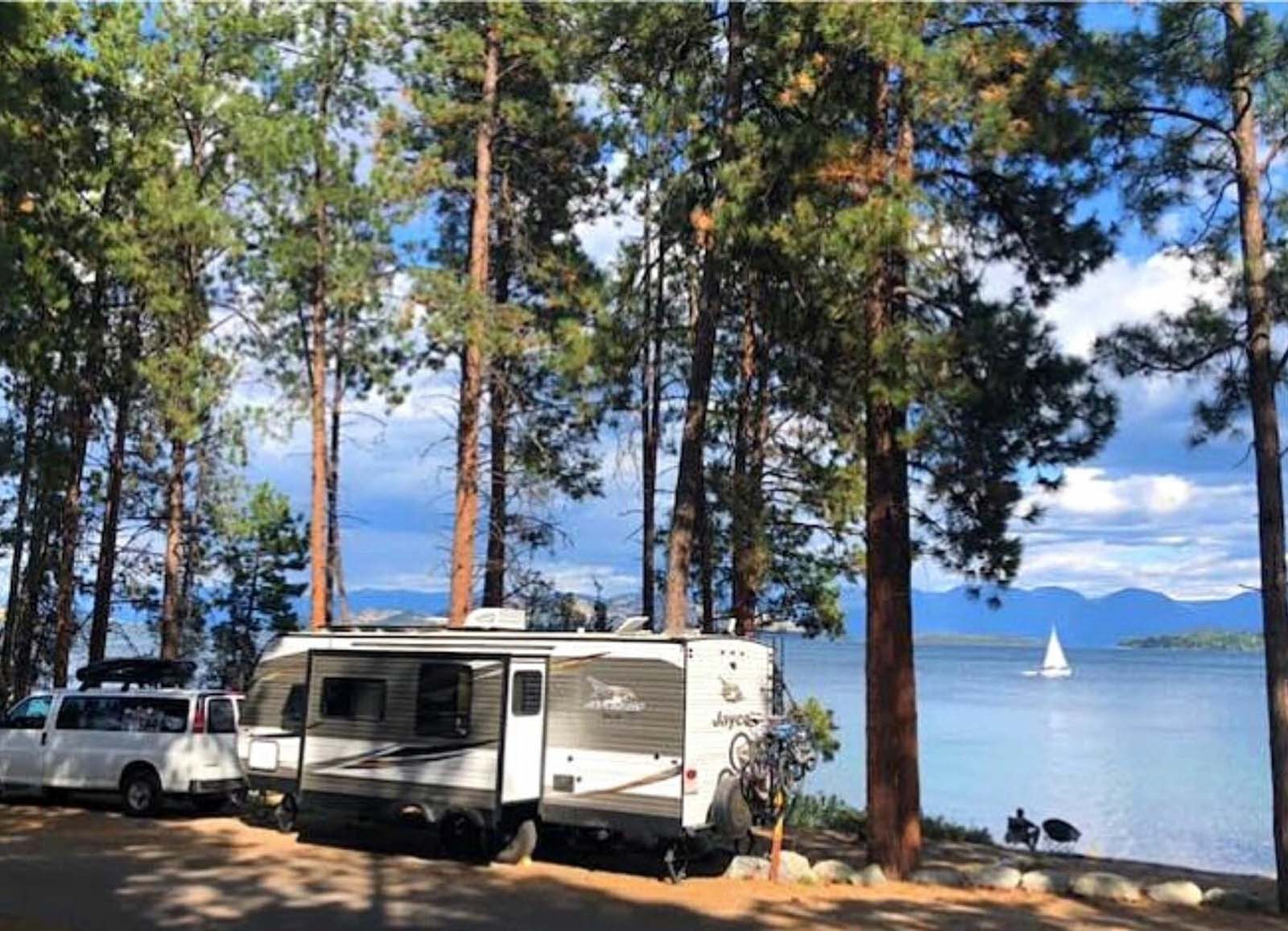How to Switch Your RV to Battery Power

Introduction: Switching your RV to battery power can be a convenient and cost-effective option, especially when you are camping in remote areas or during power outages. In this article, we will provide you with a step-by-step guide on how to efficiently switch your RV to battery power. Let’s get started!
1. Understanding Your RV’s Electrical System (h2): Before switching to battery power, it is essential to have a clear understanding of your RV’s electrical system. Most RVs have two systems: the 12-volt DC system and the 120-volt AC system. The 12-volt DC system operates on battery power, while the 120-volt AC system relies on shore power or a generator. Understanding these systems will help you in making a smooth transition to battery power.
2. Evaluating Your Battery Capacity (h2): To ensure a successful switch to battery power, it is crucial to evaluate your battery capacity. Start by checking the condition of your batteries and making sure they are fully charged. Consider investing in deep-cycle batteries designed for RV use, as they provide prolonged power supply. Also, evaluate your power consumption requirements and match them with the battery capacity to avoid any power shortage issues during use.

3. Disconnecting from Shore Power (h2): If your RV is currently connected to shore power or a generator, the first step is to disconnect from it. Turn off all appliances and disconnect the power cord from the power source. This ensures that your RV runs solely on battery power once the switch is made. Remember to switch off the battery charger if it is connected to avoid any unnecessary power drainage.
4. Managing Power Consumption (h2): One of the critical aspects of utilizing battery power efficiently is managing your power consumption. Make sure to turn off or unplug any appliances or devices that are not in use. Utilize LED lights instead of regular bulbs, as they consume significantly less power. Additionally, using propane for cooking and heating, instead of electrical appliances, can help preserve battery power for longer durations.
5. Monitoring Battery Levels (h2): Lastly, it is crucial to monitor your battery levels continuously while running on battery power. Many RVs come equipped with battery monitoring systems, but if yours doesn’t have one, consider investing in a separate battery monitor. This will keep you informed about the battery levels, allowing you to take appropriate measures if they are getting too low.

Conclusion: Switching your RV to battery power can provide you with freedom and flexibility during your outdoor adventures. By understanding your RV’s electrical system, evaluating your battery capacity, disconnecting from shore power, managing your power consumption, and monitoring battery levels, you can make the transition to battery power seamlessly. Enjoy your off-grid experiences while staying connected to your essential amenities!

